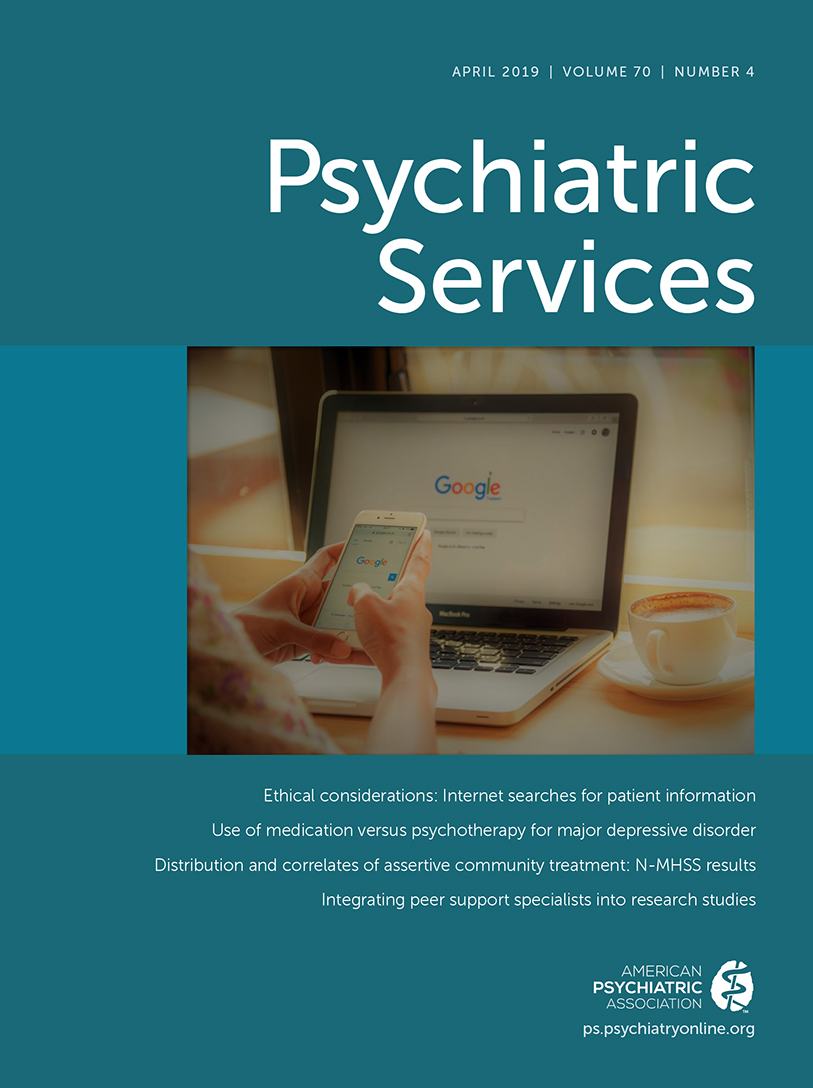The Effects of Federal Parity on Mental Health Services Use and Spending: Evidence From the Medical Expenditure Panel Survey
Abstract
Objective:
This study evaluated the effects of the federal Mental Health Parity and Addiction Equity Act (MHPAEA) of 2008 on the use of outpatient and clinic-based mental health services and spending on those services.
Methods:
Data came from the 2005–2013 Medical Expenditure Panel Survey. The analytic sample included adults ages 26–64 who were continuously enrolled in employer-sponsored insurance for a calendar year (N=66,602 person-year observations). A difference-in-differences study design was used to compare changes in outcomes before and after implementation of the MHPAEA between people whose insurance plan was or was not affected by the law.
Results:
The federal parity law was not significantly associated with changes in the likelihood of using mental health services, the amount of mental health services used, or total or out of-pocket spending for mental health services. The law was marginally significantly associated with a shift toward more use of mental health specialty services rather than primary care services among individuals who used ambulatory mental health care.
Conclusions:
Consistent with other research using different study designs and data, this study found that the MHPAEA had at most small effects on patterns of mental health services use and spending through 2013. Understanding whether these effects were small because most employer-sponsored plans were already parity compliant or because plans were noncompliant with the law has major implications for mental health policy and parity enforcement.



